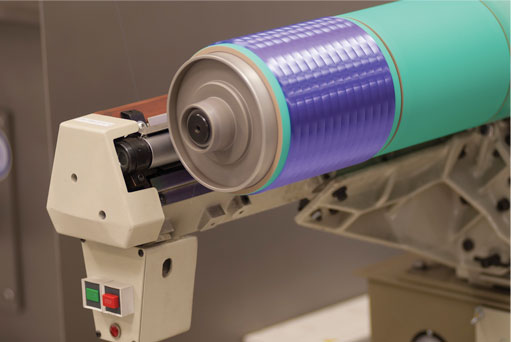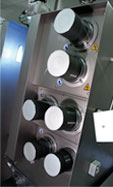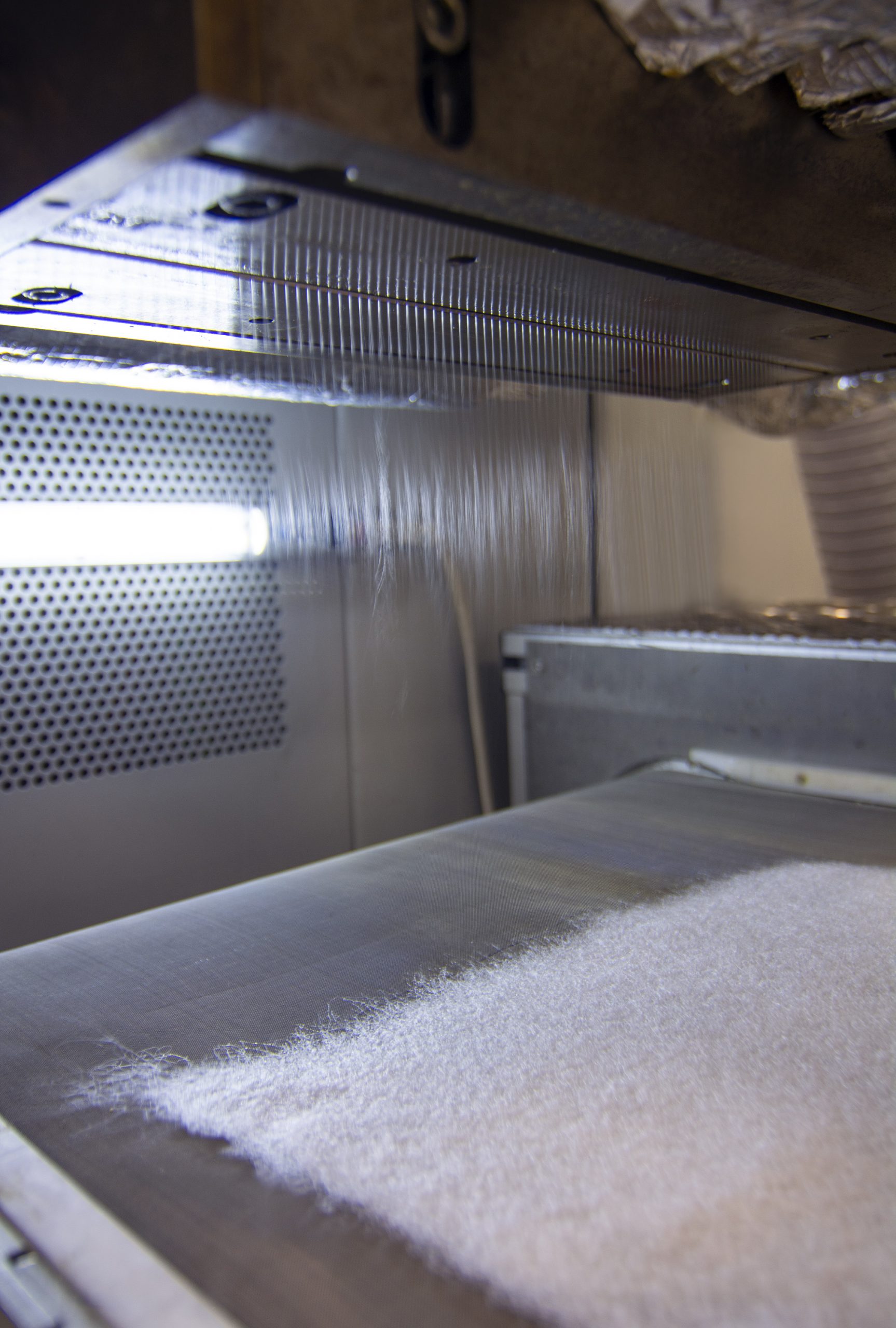Extruded yarns and fibres for biomedical use
Although FET serves the needs of many quality fibre manufactures, a particular speciality is the sector which produces high value textile materials for medical device applications. Our experience enables our customers to produce high quality fibres and yarns to the appropriate regulatory standards.
Specifically FET has developed unique melt spinning and melt blown technology for use with resorbable polymers. The main polymers used are PGA, PLLA and their copolymers and also others such as PDO, PHA, p(G-TMC), PCL. Conventional melt blowing equipment is not appropriate for processing biomedical grade resorbable polymers.
Challenges related to processing resorbable polymers
Processing resorbable polymers is challenging and requires special equipment design and process conditions. FET has successfully addressed these factors and is able to provide solutions for working with resorbable polymers.
There are many processing challenges related to resorbable polymers and they are very susceptible to degradation. This propensity to degrade can be thermal, shear or hydrolytic related. It is especially acute at the elevated temperatures needed when melt spinning.
The slow rate of crystallisation which some of the polymers exhibit represent another challenge and must be taken into account to be able to produce materials of the correct mechanical properties. Furthermore demanding fibre properties take the polymer to its limit of process capability.
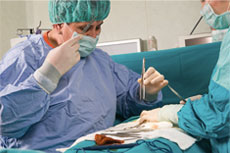
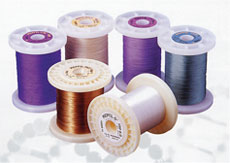
Resorbable biomedical fibres
FET can melt spin numerous material formats from resorbable polymers:
- Multifilament and Monofilaments.
- Non-woven structures.
- Bi-Component filaments.
- Hollow filaments.
These formats allow for the development and manufacture of numerous implantable devices. The material format is selected for the job in hand, for example, high strength continuous multifilament for braided synthetic absorbable sutures, monofilaments for surgical meshes, non-woven materials for tissue support.
Polymer selection determines both mechanical properties and rate of absorption. This versatility in both format and polymer selection is a powerful tool for the developer of medical devices. However an overriding factor is that to be useful the materials must have specific and exact mechanical properties.
FET and the biomedical market
FET has a world leading reputation for providing melt spinning and wet gel spinning technology to medical device manufacturers. In recent years, we have also added Spunbond technology to our range of equipment in this sector. FET’s equipment is used extensively in the production of resorbable implantable devices.
For more details about melt spinning technology for multifilament and monofilament, please contact us for advice.



